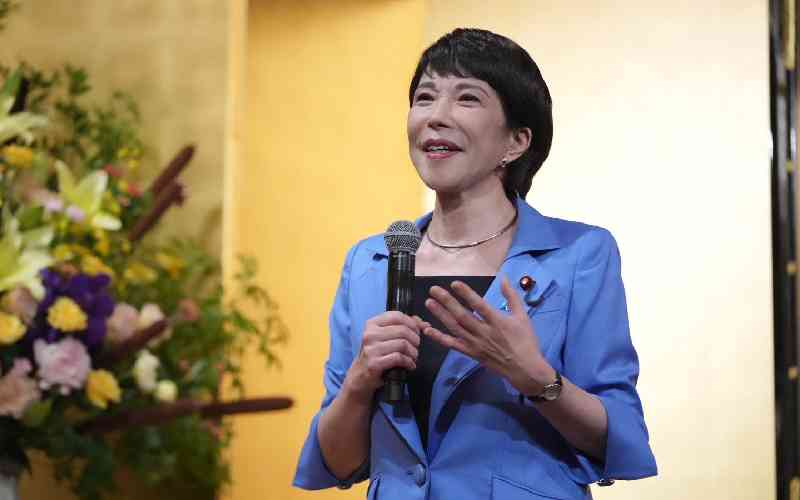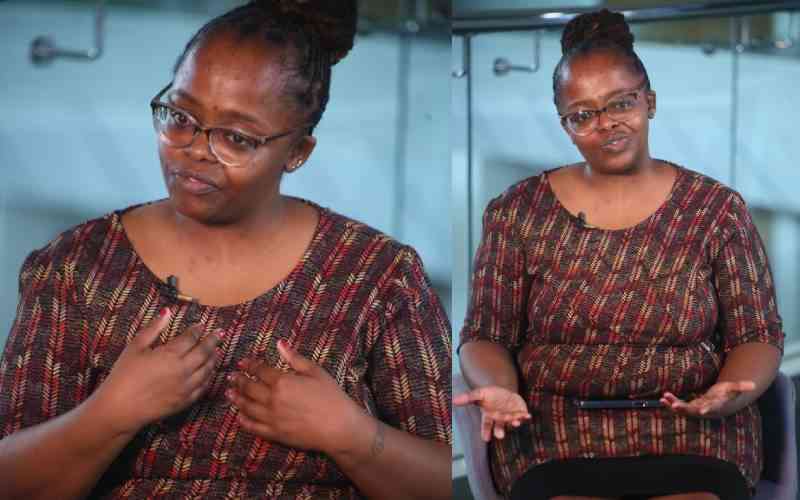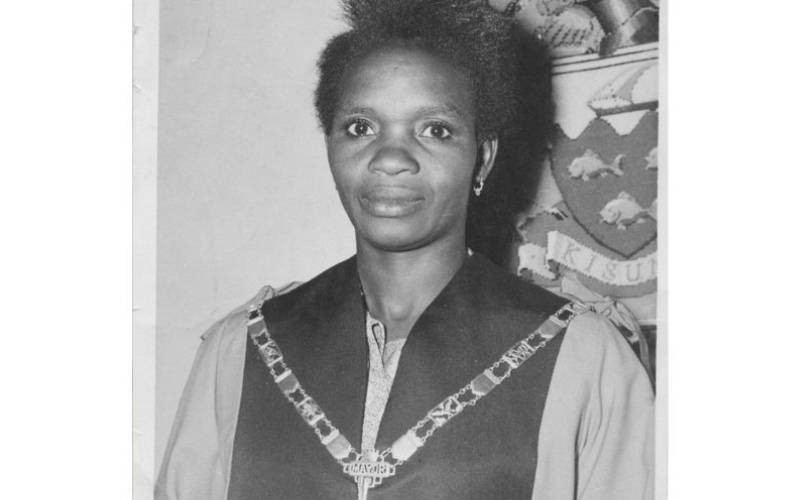
A report released yesterday by the Kenya National Bureau of Statistics (KNBS) shows that only three in 10 women between ages 15 and 49 are empowered.
According to the KNBS study, women in urban areas are nearly twice as likely to be empowered compared to those in rural areas.
With 71 percent of women yet to get empowered, the report indicates that Kenya is still a long way from achieving gender equality and the empowerment of all women and girls.
The Women’s Empowerment in Kenya report by KNBS in collaboration with UN Women and Unicef indicates that younger women are more likely to be empowered compared to women aged between 40-49.
More than three in 10 women between ages 15 and 19 are empowered compared to 29 percent of women between ages 20-39, and 24 per cent between ages 40 and 49.
The data is based on information from the 2014 Kenya Demographic Health Survey.
Figures by women’s marital status show that separated and widowed women are less likely to be empowered compared to the other groups.

The rate of empowerment is high among single women (39 percent), followed by married women and those cohabiting with partners (27 percent), and the lowest among widowed women (12 percent).
The report states that only a paltry 35.8 percent of married women are in employment, compared to 64.9 percent among unmarried women.
The type of marriage is also relevant to the level of empowerment in that significantly fewer women in polygamous marriage (16 percent) are empowered compared to those in monogamous marriage (29 percent).
Decision making
Women empowerment is slightly higher among households headed by men (30 percent) compared to those headed by women.
Empowerment increases from 7 percent in the poorest to 24 percent in the middle wealth quintile and reaches 53 percent in the richest wealth quintile.
KNBS used the attitudes of women towards gender-based violence and their support for female genital mutilation as one of the indicators of empowerment.
Empowerment was educational attainment, exposure to media, exposure to family planning information, knowledge about modern contraception and access to contraception, and knowledge about HIV and Aids prevention and transmission.
Other factors used to determine the level of empowerment include birth spacing and limiting, decision-making power on large household purchases, healthcare, visiting family or relatives, husband’s/partner’s earnings, ability to decline sex and freedom/ability to ask a partner to use a condom.

KNBS asked women for their opinion on whether they justified wife-beating if the wife goes out without telling her husband; if the wife neglects the children; if the wife argues with her husband; if the wife refuses to have sex with her husband; and if the wife burns the food.
Women who thought that wife-beating was justified in each of the situations are considered disempowered, while those who believe that it is not justified are considered empowered.
Economically, a woman was considered empowered in the indicator of house/land ownership if she owns a house or land either alone or jointly with her husband/partner. For women not in a union, only the indicator of paid employment was used in the analysis.
A woman is considered empowered in educational attainment if she has completed secondary or higher education.
For the indicator of exposure to media, a woman is considered empowered if she read a newspaper, listened to the radio or watched television at least once in the week preceding the survey.
If she did not have exposure to any of the above-mentioned types of media at least once per week preceding the survey, she is considered disempowered.
A woman is considered empowered in the indicator knowledge of modern contraception if she knows at least two modern methods of contraception, and disempowered if she knows about only folkloric/traditional methods or only one modern method.
Would you rather see the future or change the past? The Standard Group Plc is a multi-media organization with investments in media
platforms spanning newspaper print
operations, television, radio broadcasting, digital and online services. The
Standard Group is recognized as a
leading multi-media house in Kenya with a key influence in matters of national
and international interest.
The Standard Group Plc is a multi-media organization with investments in media
platforms spanning newspaper print
operations, television, radio broadcasting, digital and online services. The
Standard Group is recognized as a
leading multi-media house in Kenya with a key influence in matters of national
and international interest.










